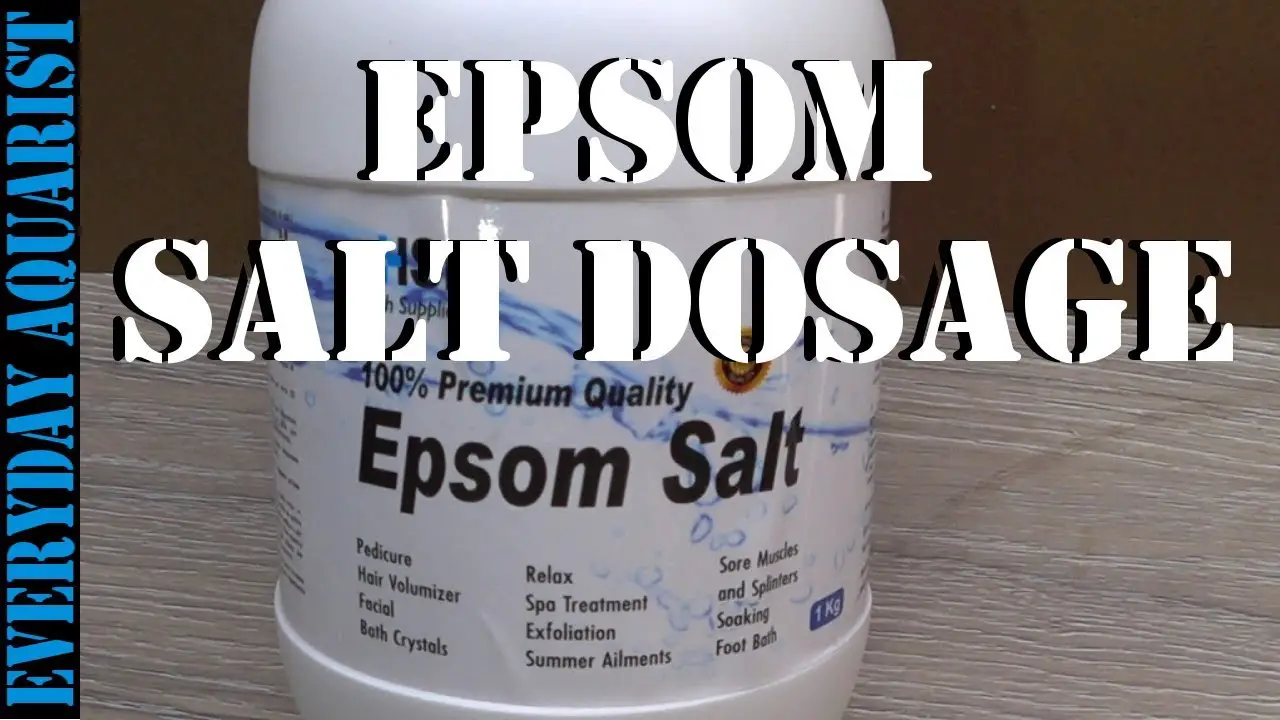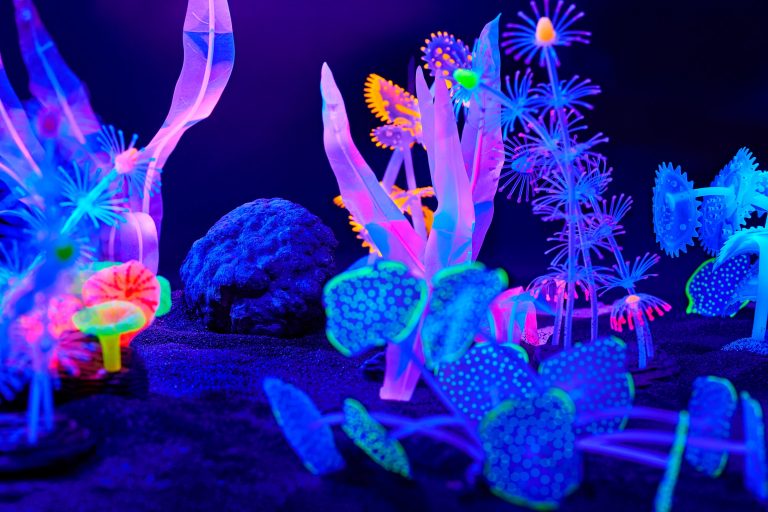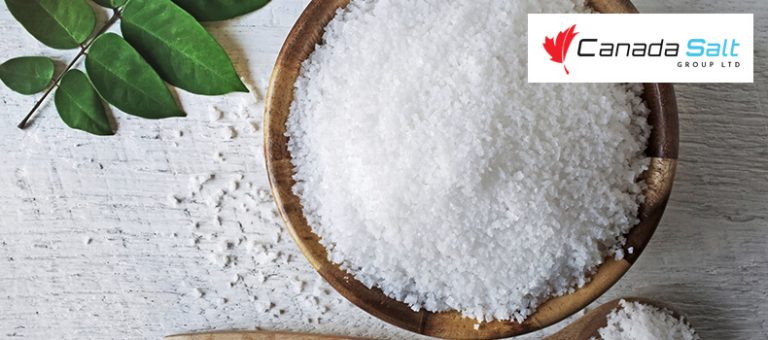Epsom Salt Or Aquarium Salt For Dropsy
Epsom Salt or Aquarium Salt for Dropsy: Which is More Effective?
Epsom salt or aquarium salt for dropsy? This is a common question among fish keepers facing the challenge of treating dropsy in their beloved aquatic pets. Dropsy is a condition characterized by the accumulation of fluids in the fish’s body, causing it to bloat and exhibit other distressing symptoms. The use of salt as a remedy is often recommended, but which type should you choose? In this article, we will delve into the differences between Epsom salt and aquarium salt, and determine which one is more effective in treating dropsy.
Dropsy Treatment: What You Need to Know
Before we dive into the comparison, let’s first understand the basics of dropsy treatment. Dropsy is not a disease in itself, but rather a symptom of an underlying issue, usually related to kidney or liver dysfunction. It is important to address the root cause of dropsy while providing supportive care to alleviate the symptoms.
1. Epsom Salt: How Does It Help?
Epsom salt, also known as magnesium sulfate, has been used for years in the treatment of various conditions in humans and animals. It works by drawing out excess fluids and toxins from the body, relieving the swelling associated with dropsy. Epsom salt also has antibacterial properties, which can help fight any secondary infections that may occur due to the weakened immune system of the affected fish.
2. Aquarium Salt: How Does It Work?
Aquarium salt, on the other hand, is a mixture of various salts, including sodium chloride. It is commonly used in freshwater aquariums to promote electrolyte balance and reduce stress in fish. When it comes to treating dropsy, aquarium salt acts as a mild diuretic, increasing urination and promoting the elimination of excess fluids from the fish’s body.
3. Epsom Salt vs. Aquarium Salt: Which is More Effective?
Both Epsom salt and aquarium salt can be beneficial in treating dropsy, but their mechanisms of action differ. Epsom salt primarily focuses on drawing out fluids and toxins from the body, while aquarium salt aims to promote diuresis. Therefore, the choice between the two depends on the underlying cause and severity of dropsy in your fish.
If dropsy is caused by kidney or liver dysfunction, Epsom salt may be more effective as it can help reduce swelling and support the organs’ detoxification process. However, if dropsy is due to an external injury or stress-related issue, aquarium salt may be more appropriate, as it can alleviate stress, promote electrolyte balance, and aid in fluid elimination.
4. How to Use Epsom Salt for Dropsy?

If you decide to use Epsom salt for dropsy treatment, the following steps can guide you:
– Create a quarantine tank: It is crucial to isolate the affected fish to prevent the spread of any potential infections.
– Prepare the Epsom salt solution: Dissolve one tablespoon of Epsom salt per gallon of water in the quarantine tank.
– Monitor water parameters: Ensure that the temperature, pH, and other water parameters are suitable for the fish’s well-being.
– Soak the fish: Gently place the affected fish in the Epsom salt solution and allow it to soak for about 15-20 minutes.
– Observe and repeat: Monitor the fish closely for any adverse reactions. If necessary, repeat the Epsom salt treatment every few days until the symptoms start to improve.
5. How to Use Aquarium Salt for Dropsy?
If you opt for aquarium salt to treat dropsy, follow these guidelines:
– Determine the appropriate dosage: The dosage of aquarium salt varies depending on the species and size of your fish. Consult a veterinarian or experienced fish keeper for the correct measurements.
– Gradually add the salt: Dissolve the recommended amount of salt in a separate container of water before adding it to the aquarium. Avoid directly pouring the salt into the tank, as it may lead to sudden salt concentration changes.
– Monitor the fish: Keep a close eye on the fish’s behavior, appetite, and overall health. If there are no improvements or if the fish appears to be getting worse, consult a professional for further advice.
Frequently Asked Questions
1. Can I use both Epsom salt and aquarium salt together?
Yes, you can use a mixture of Epsom salt and aquarium salt for dropsy treatment. The combined benefits of both salts may help provide relief to the affected fish. However, it is essential to ensure the correct dosage and monitor the fish’s response to avoid overexposure to salt.
2. Are there any side effects of using salt for dropsy treatment?
While salt is generally considered safe for fish, excessive use can lead to adverse effects. Overexposure to salt can dehydrate the fish, disrupt the balance of water and electrolytes in their bodies, and even harm certain sensitive species. It is crucial to follow dosage guidelines and closely monitor the fish’s condition during treatment.
3. Should I continue salt treatment if there are no improvements?
If there are no noticeable improvements in the fish’s condition after a reasonable period of salt treatment, it is advisable to seek professional help. Dropsy can be a complex condition with multiple underlying causes, and a veterinarian or aquatic specialist can provide a more tailored approach to treatment.
Final Thoughts
In the battle against dropsy, both Epsom salt and aquarium salt can be valuable tools. However, it is important to consider the underlying causes of dropsy, the severity of the condition, and the specific needs of your fish before deciding which salt to use. When used properly, salt treatments can serve as supportive measures to alleviate symptoms and aid in the recovery of your finned friends. Remember to always consult a professional if you have any doubts or concerns regarding your fish’s health.






